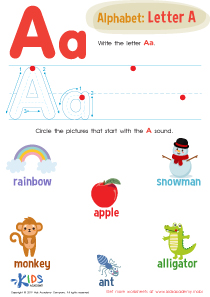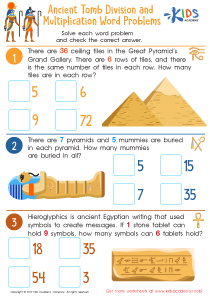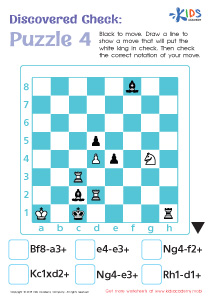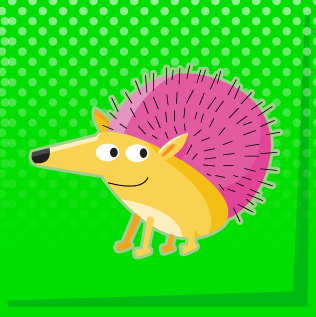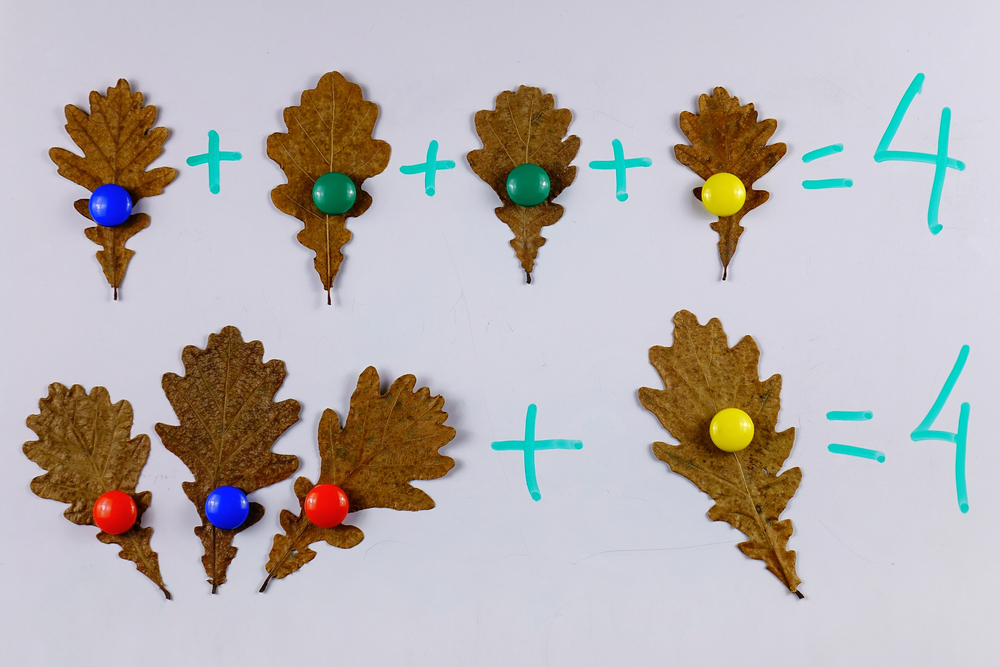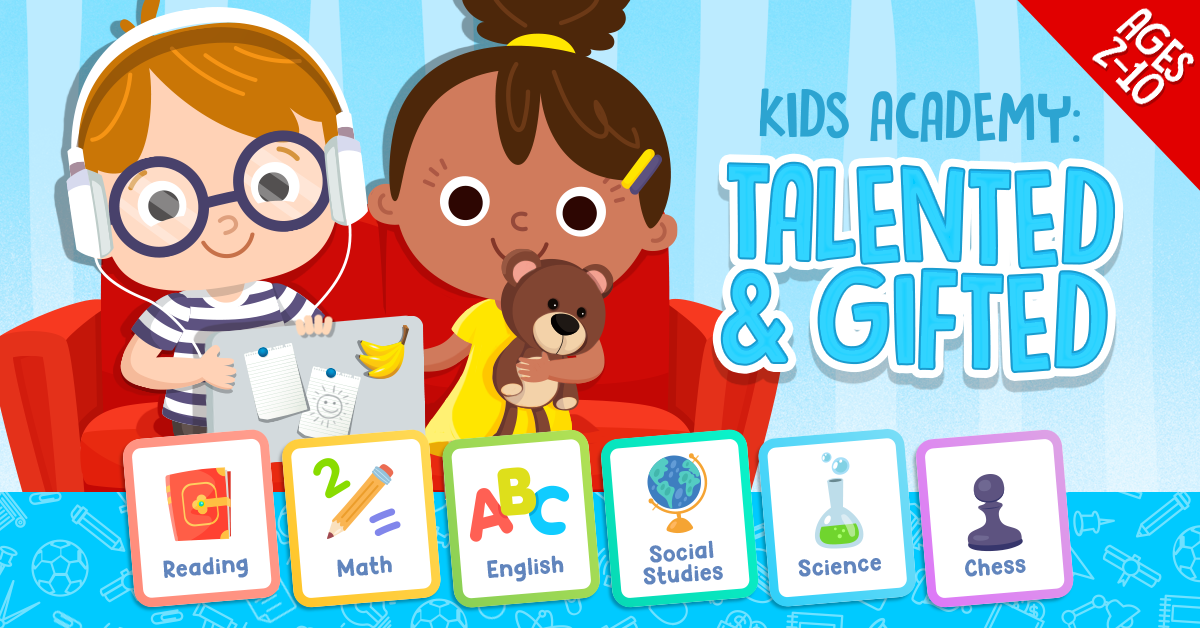World around Us Lessons | Things That I Wear for Ages 3-5
1 results
Dive into our captivating "Things That I Wear" lessons, specially tailored for children aged 3-5! Our engaging course combines interactive worksheets, enlightening educational videos, and fun assessment quizzes to make learning about clothing both enjoyable and educational. From hats to shoes and everything in between, little learners will explore the wide array of items we wear daily. Designed to spark curiosity and encourage exploration, our lessons are the perfect way for your preschooler to understand not just what we wear, but also why we wear them. Gear up for a delightful educational journey with "Things That I Wear for Ages 3-5"!
In the foundational years of a child's development, introducing them to educational content that is both engaging and informative plays a crucial role in their overall growth. "Things That I Wear for Ages 3-5" is a specially curated educational resource designed to introduce young learners to the concept of clothing and attire in an interactive and fun way. Through a blend of interactive worksheets, educational videos, and assessment quizzes, this program aims to enhance children's understanding of what we wear, why we wear it, and how it is part of our daily lives.
The question of how these lessons can be beneficial to kids in their studies is answered by looking into the structure and content of "Things That I Wear for Ages 3-5." Firstly, the interactive worksheets are designed with the cognitive and motor skills of a 3 to 5-year-old in mind. By engaging in these activities, children not only learn about different types of clothing but also develop their fine motor skills through coloring, cutting, and pasting. These worksheets make learning about attire a hands-on experience, thereby ensuring that the lessons are both memorable and enjoyable.
Secondly, the educational videos included in "Things That I Wear for Ages 3-5" serve as a dynamic learning tool. Through captivating animations and child-friendly narratives, these videos bring the world of clothing to life, showcasing everything from seasonal attire to cultural dress traditions. The use of visual and auditory learning aids helps to reinforce the information presented in the worksheets, catering to various learning styles. Children are more likely to remember and understand concepts when they are presented in a multifaceted approach that includes both visual and auditory stimuli.
Moreover, the assessment quizzes at the end of each lesson serve a dual purpose. They not only evaluate the child’s comprehension of the topic but also reinforce learning through repetition. These quizzes are designed to be child-friendly and engaging, ensuring that the assessment process is seen as an enjoyable challenge rather than a daunting task. This approach helps to build confidence in young learners, encouraging them to see learning as a positive and rewarding experience.
